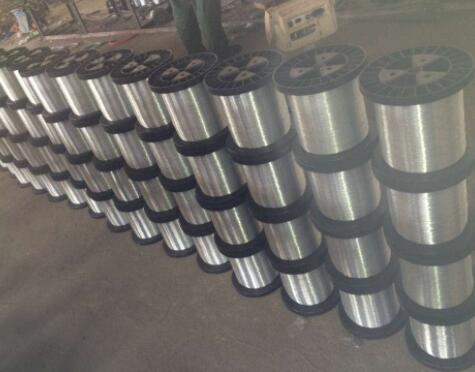How to Drill a Screw into Drywall A Comprehensive Guide
Drilling screws into drywall is a common task that many homeowners and DIY enthusiasts undertake. Whether you’re hanging pictures, mounting shelves, or installing a new light fixture, knowing how to properly secure screws in drywall is essential to ensure stability and safety. This guide will walk you through the process step-by-step, providing tips and techniques to help you achieve the best results.
Understanding Drywall
Before you start drilling, it’s important to understand what drywall is. Drywall, also known as gypsum board or plasterboard, is a building material used extensively for interior walls and ceilings. It consists of a core made of gypsum sandwiched between two sheets of heavy paper. While drywall is relatively easy to work with, it doesn’t hold screws very well without proper techniques—especially if you’re hanging something heavy.
Tools and Materials Needed
To drill screws into drywall, you’ll need some basic tools and materials
1. Drill A cordless power drill or a manual screwdriver will work, depending on the type of screw. 2. Screws Use drywall screws, which are specifically designed for this purpose. They have sharp tips for easy penetration. 3. Drill Bit If you’re using a drill, a bit that’s slightly smaller than the screw will ensure a snug fit. 4. Stud Finder A tool to locate the wooden or metal studs behind the drywall. 5. Level To ensure your items are straight. 6. Pencil For marking where you want to drill.
Step-by-Step Instructions
1. Locate the Studs (If Necessary) For heavier items, it’s best to attach the screw directly into a stud, which provides more support. Use a stud finder to locate the edges of the studs, then mark the center with a pencil. If you’re hanging lightweight items, you can drill directly into the drywall.
2. Mark Your Drill Points Once you’ve decided where to place your screws, use a pencil to mark the spots. If you’re hanging multiple items, measure and mark their positions carefully to ensure they are evenly spaced and level.
how to drill screw into drywall

3. Choose the Right Drill Bit If you’re using a drill, select a bit that’s slightly smaller than the screw’s diameter. This will create a pilot hole that helps the screw go in more easily.
4. Drill a Pilot Hole (Optional) For heavier items or when drilling into a stud, drill a pilot hole first. This can help to avoid splitting the drywall or wood. If you’re drilling into drywall without studs (for lighter items), you can skip this step.
5. Insert the Screw If you drilled a pilot hole, align your screwdriver or drill over the hole, and carefully insert the screw. If not, simply align the screw with your marked spot and start drilling it directly into the drywall. Apply steady pressure, making sure not to force it too hard, as drywall can crumble.
6. Stop at the Right Depth Drive the screw until the head is just above the surface of the drywall. It should sit flush, but not sunk too deep as this could weaken its holding power. For a professional finish, you may want to slightly countersink the screw for better aesthetics.
7. Test the Hold Once your screw is in place, gently pull on the item you’re hanging to ensure it’s secure. If it feels loose, you may need to try a different method, such as using a wall anchor.
Additional Tips
- Use Wall Anchors for Heavier Items If you’re hanging something heavy and can’t hit a stud, use wall anchors designed for drywall. These provide extra support and prevent the screw from pulling out. - Avoid Over-tightening Be cautious not to overtighten the screw as this can damage the drywall and reduce its holding power. - Check for Electrical Wires Always make sure there are no electrical wires in the area where you are drilling. Use a stud finder with an electrical detection feature if you’re unsure.
Conclusion
Drilling screws into drywall is a straightforward process when done correctly. By following these steps and taking the necessary precautions, you can securely hang items on your walls with confidence. Whether it’s for functional purposes or decoration, mastering this skill will enhance your home improvement repertoire and make your living space more organized and visually appealing. Happy drilling!

















